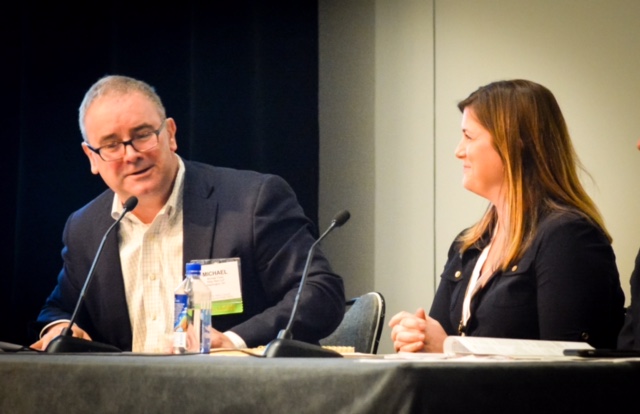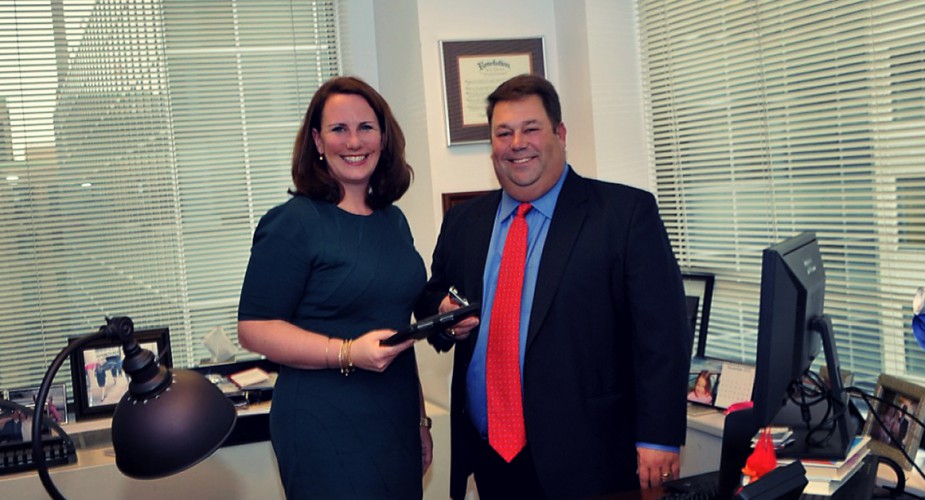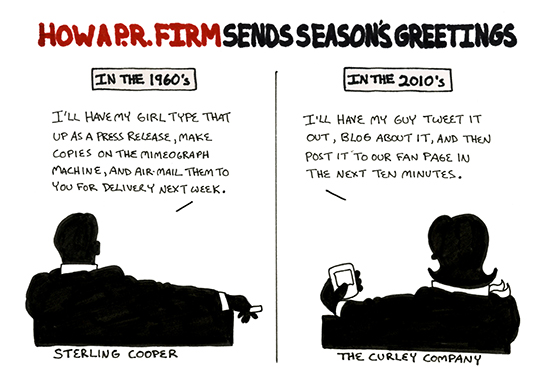#PAC: Three Rules for Bringing Your PAC Into the Digital Age
Last year, New York Times reporter Ross Douthat tweeted that “Politics is downstream from culture, which is downstream from Mark Zuckerberg.”
With nearly 80 percent of online Americans using Facebook, according to a recent Pew Research Center report, his point is hard to argue. We are living in a digital world full of emojis, hashtags and filters. And, if you subscribe to Douthat’s line of thought, those of us who work in public affairs sit squarely at the intersection of politics and culture.
If our job is to help influence politics, then we need to continually take our cues from what’s happening in society.
But what does this have to do with PACs?
I spent the first 10 years of my career working for both corporate and trade association PACs. Anyone who’s worked in the PAC community can tell you that you spend most of your time talking about all the things you cannot do. Highly regulated by the Federal Election Commission (FEC) and largely misunderstood by almost everyone in your organization, PAC professionals are constantly combating creative ideas that will likely get squashed by legal counsel. So when the term “social media” comes up – most PAC people run the other way!
Over the past couple of years, I’ve been working with PACs to bring their communications into the digital age—which is both an efficient and effective means to the same ends. I use social media three ways to inform and influence my clients’ work: actually, inspirationally and educationally. For many of my clients, PACs included, we actually use social media to communicate with their stakeholders. Believe me, it can be done! For others, we use it to inspire innovation and creativity with their messaging. But overall, we use it as continuing education – to get and stay smart about the issues important to their audiences.
Whether you’re already a digital media maven or just wading into the shallow end of the social pond, I’ve outlined three key principles that any PAC professional can implement today to bring their communications into the digital world.
1. Talk to your members where they are – and use issues they’re talking about
File this under: get smart! I can guarantee you that no matter the industry or profession, your audiences are on some form of social media. Figure out which platforms and people your members are tapped into and start following them. The aviation industry has an incredible online presence. Type in the hashtag #crewlife and you’ll enter a fascinating world of pilots and flight attendants talking about what’s important to them. The same goes for the medical community (#nurselife) and restaurant industry (#cheflife).
Why is this important to your work? Because you’ll start picking up on trends. In D.C., we have a tendency to talk in terms that the rest of the country doesn’t understand. It’s why The Skimm has been so successful. They’re able to boil down complex issues into pop-culture speak. Afraid that “social speak” might come off as condescending to an older generation? Think again.
2. Content should be socially savvy: visually appealing and to the point.
This gets to my point about using social media as “inspiration.” I ran PACs for two conservative Fortune 500 companies. I know the pain. I understand that many of my PAC friends would rather have a root canal than try to convince their legal counsel to start a social media channel for the PAC. But that doesn’t mean you have to miss out on the fun—especially when it is such an efficient and cost effective means for reaching, educating and engaging!
Whether you’re sending an email or hard copy newsletter, you can incorporate social and digital media best practices.
- Keep it “snackable.” We’re living in a 140-character world. Our attention spans are short.
- A good “rule of thumb”: explain your point or make the pitch within two thumb swipes. Chances are most people are reading your message on their phones.
- Incorporate visuals to break up the text. Good creative doesn’t have to be expensive; it just has to be authentic. Selfies with Senators count as authentic.
Overall, my recommendation is to send more frequent, shorter communications. Mix it up. Have fun. Your members will too—and it will increase overall participation and engagement.
3. Build in a fail budget.
I can’t claim credit for this idea. I heard a woman talk about this concept on a panel discussion once and I’ve been “recycling” it ever since. Social media is an art, not a science. Algorithms change all of the time and consumer behavior is constantly evolving. When developing your social and digital strategy, allow yourself the chance to fail. You have to be willing to throw something against the wall and see if it sticks. One organization’s experience can be very different from another’s. What resonates with one set of stakeholders may fall entirely flat with another. But you’re not going to know until you try.
Start socializing the idea of a fail budget with your boss and colleagues. See if you can set aside a small budget this year to try some targeted digital advertising. Or start that LinkedIn group you’ve always dreamed about!









